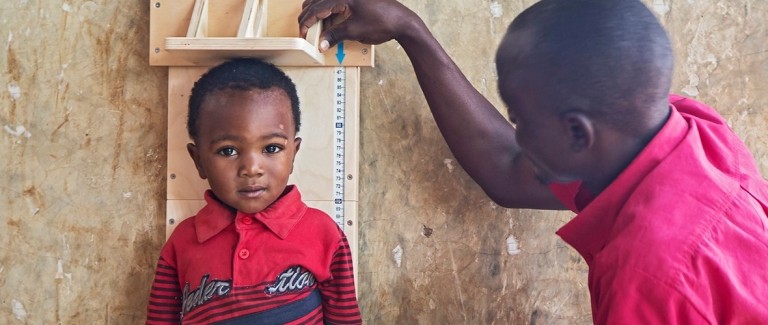
Our History
For 50 years, Pact has been dedicated to improving the lives of people around the globe who are affected by poverty and marginalization, and doing it in a way that empowers them to overcome challenges on their own.
50 YEARS OF BUILDING LOCAL PROMISE
-
Since our founding in 1971, much has changed at Pact. When we began, we were a membership organization for U.S. nonprofits working to turn the tables for the world’s most disadvantaged. Our mission was to help our members better serve people in need by building their self-help capacity and improving social and economic conditions. Through the years, our top priorities were health care and neglected groups, such as women. Two decades later, we became an independent organization, and since then, we have vastly expanded our geographic reach, our practice areas and our impact.
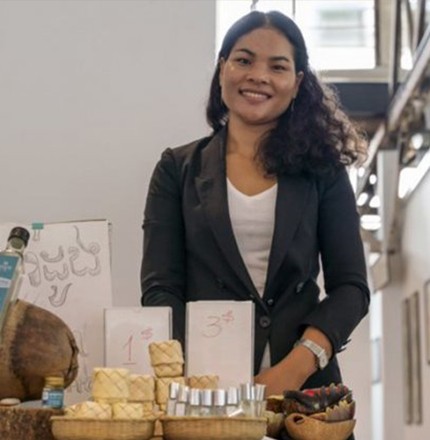
-
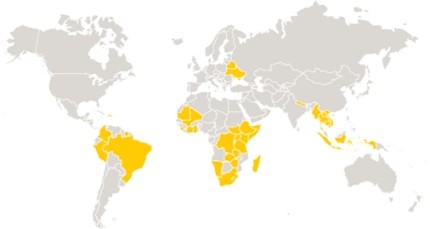
We are proud to have reached millions of people across more than 60 countries in Africa, Asia, Europe and the Americas – and to have made lasting change hand in hand with thousands of communities and partners. We look forward to the next 50 years of community-focused progress.
Yet for the past half-century, Pact has always been dedicated to one promise: improving the lives of people around the globe who are affected by poverty and marginalization, and doing it in a way that empowers them to overcome challenges on their own. Today, our work reflects this promise more than ever, as Pact continues to lead the way in international development programming that puts local communities first and is carried out in true partnership with those we serve.
1970s
With a $5,000 grant from USAID, PACT is born with a mission to help organizations serving the most disadvantaged.
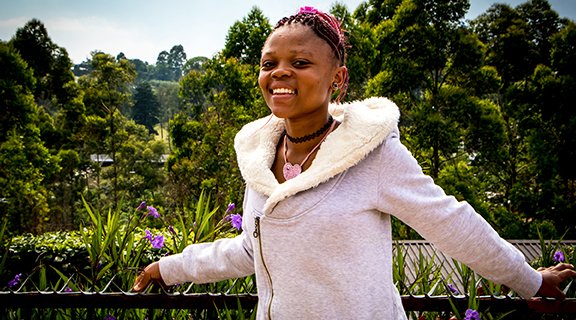
1971

Under CEO Robert O’Brien, Private Agencies Cooperating Together, or PACT, is founded as a membership organization for registered U.S private voluntary organizations. PACT’s founding mission is to coordinate its members to better serve the world’s most disadvantaged people by building their self-help capacity and improving social and economic conditions.
1979

PACT names health care and neglected groups, such as women, as top priorities.
1980s
A decade of expansion, and increasing resources to non-U.S. organizations
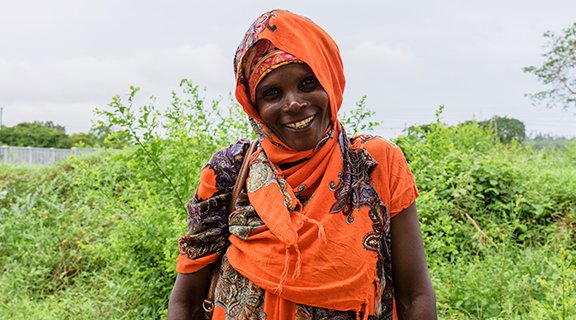

1984
PACT launches its Management and Use of Information Program on the premise that information is an underused resource in development.

1985
USAID ends PACT’s role as a grants manager to U.S. PVOs, as its members have become “sound implementers.”
PACT launches the Small Enterprise and Educational Promotion Network,or SEEP, to promote economic opportunities for the world’s poor.
1986

PACT is awarded its first projects funded directly by USAID missions, including programs to strengthen coalitions and umbrella organizations in Latin America.
1988
Non-U.S. development organizations are invited to join PACT, and PACT channels more grant resources to non- U.S. PVOs for institutional development than ever before.
PACT funds a special task force to better meet the needs of PVOs in southern Africa; organizes a new network of American and Thai organizations to build credit and enterprise programs; and launches the Africa Food Oils program.
1990s
Pact defines its future as an independent organization empowering local NGOs as agents of change

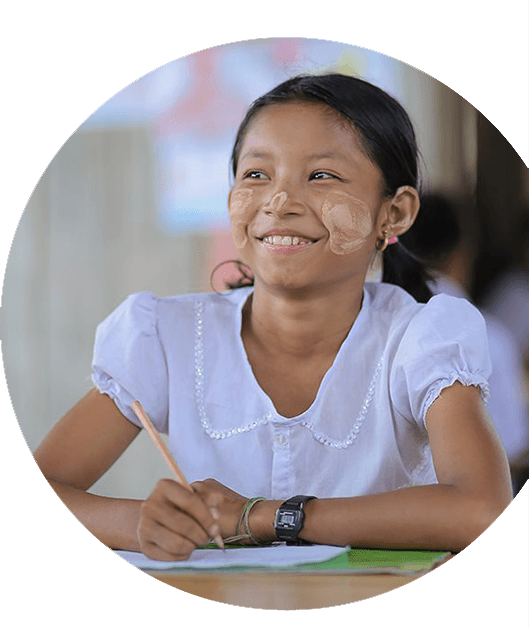
1990

PACT publishes AIDS, An International Resource Guide.
1992
PACT becomes an independent international nonprofit organization, dissolving its membership, rewriting its bylaws and continuing to expand in Asia, Africa and Latin America.
1994
PACT adopts a new strategic plan that calls for the development of civil societies, private organizations and nonprofits worldwide.
1995

As expansion continues in Africa and Asia, Pact changes its name to a single word – no longer an acronym.
Pact develops its Organizational Capacity Assessment tool and becomes the go-to civil society capacity development organization in the U.S.
1996
As Pact marks its 25th anniversary, PBS airs a half-hour program on Pact’s literacy work in Nepal on 150 stations across the U.S.
Pact develops “kids kits” to teach children in Indonesia about HIV and AIDS.
1998
Pact starts its first WORTH groups in Nepal.
1999
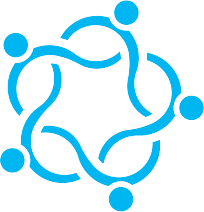
Pact creates the only noncollateral-based banking infrastructure in Myanmar, with more than 10,000 borrowers.
2000s
New geographies, areas of expertise and partnerships focus on strengthening communities
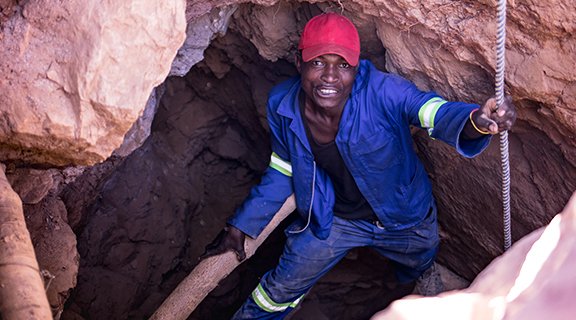

2001
Worth magazine recognizes Pact as one of the 100 American charities “most likely to save the world.”
Pact wins two large global awards to strengthen civil society and support local and regional organizations in the fight against HIV and AIDS.
2004

Pact regionalizes and appoints directors for Africa, Asia and Latin America.
Pact demonstrates a new competency working with the extractive industry, leading to the eventual establishment of the Mines to Markets signature program.
2005

WORTH expands to Africa with eight new projects and opens the WORTH Women’s Empowerment and Gender Center in Nairobi.
2008
Pact opens its 24th field office, with programming spanning Asia, Africa, Eurasia, Latin America and the Middle East.
Pact carries out extensive research across Africa to gain insight into artisanal and small-scale mining communities and pilots literacy and financial training for artisanal gold miners.
2010s
Pact cements its place as a leader in integrated, local solutions to development challenges
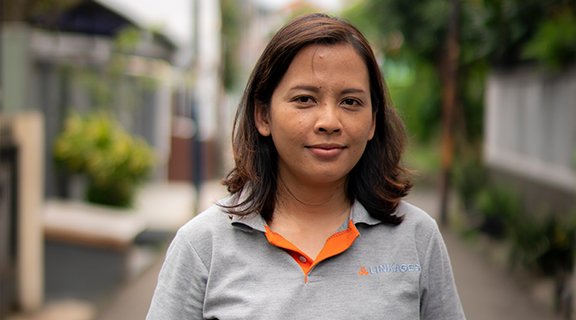
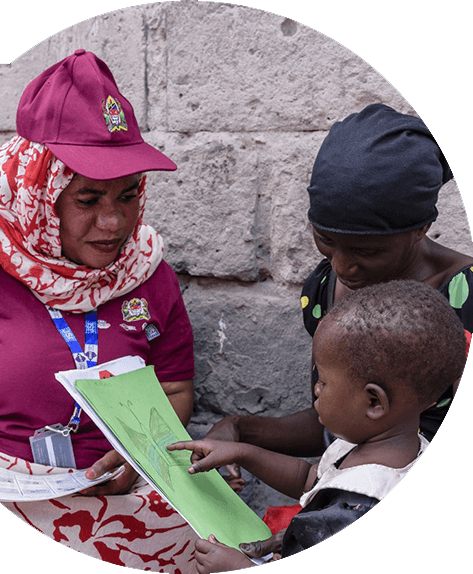
2010

Pact publishes its first Measuring Pact’s Mission report, with comprehensive indicators cutting across countries to measure global impact by sector.
2013
Ukraine’s Euromaidan revolution begins, led in part by civil society organizations that Pact’s UNITER project helped to strengthen.
2014
UNDP transfers its microfinance funds and assets in Myanmar to Pact, creating the Pact Global Microfinance Fund.
2015

Pact publishes the report Unconflicted: Making Conflict- free Mining a Reality in the DRC, Rwanda and Burundi.
Pact helps launch a new forum for INGOs engaging in impact investing and social enterprise to learn and collaborate.
2018
Pact launches a new global program to end energy poverty.
USAID awards Pact the ‘Hay Tao’ program, the U.S. government’s largest environmental investment in Madagascar in nearly a decade.
Pact joins the United Nations Global Compact, the world’s largest corporate sustainability initiative.
2019
Pact is selected to lead USAID’s ACHIEVE project, a global effort to reach HIV epidemic control among pregnant and breastfeeding women, infants and children.

Pact releases the first-ever State of the Artisanal and Small-Scale Mining Sector report in partnership with the World Bank.
2020s
Pact adapts to new global challenges and continues to serve people experiencing marginalization and vulnerability
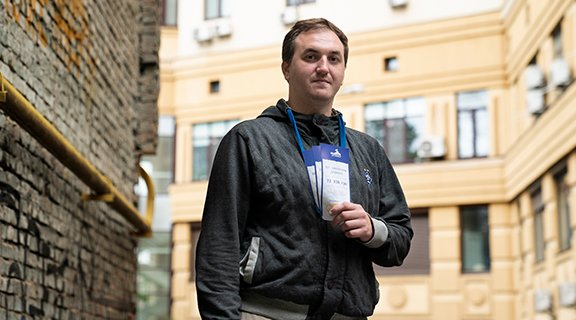
2020
Pact’s current CEO, Caroline Anstey, joins the organization.
Pact pivots programs around the world to respond to the Covid-19 epidemic.
Pact convenes stakeholders at the 23rd International AIDS Conference to focus on reaching epidemic control in children and adolescents.
2021
National ethical jeweler Brilliant Earth launches a special collection on International Women’s Day featuring gemstones from Pact’s Moyo Gems partnership.
Pact launches a strategic review that focuses on delivering sustainable, systemic and inclusive solutions to community and global development challenges.
2022
Pact launches the USAID-funded CSM-STAND project, a major global partnership to strengthen civil society, media and democracy in the face of democratic backsliding.

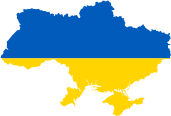
Pact adapts amid the war in Ukraine to continue its programming and meet critical emerging needss.
Pact commits to net zero greenhouse gas emissions across its operations by 2030.
In 2024 and beyond, we are looking forward to new partnerships, more progress and prosperity for the communities Pact serves, and the day when we’ve won the fight against global poverty. Join us.